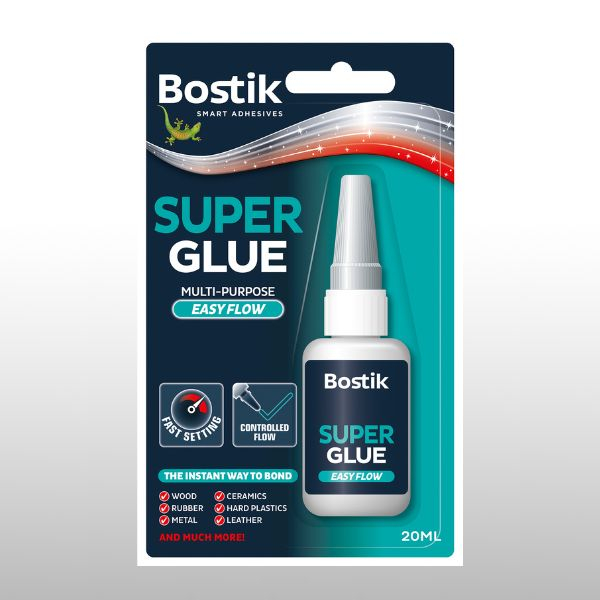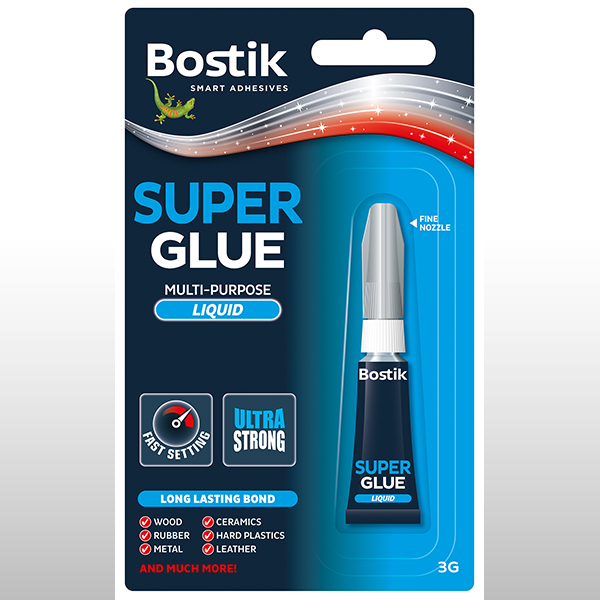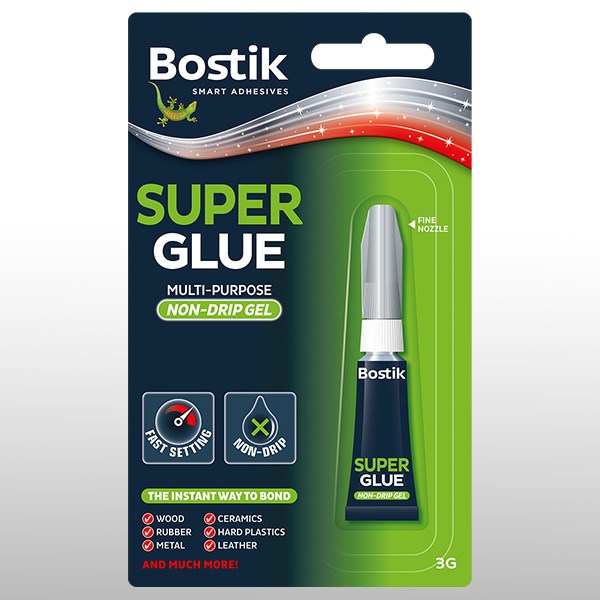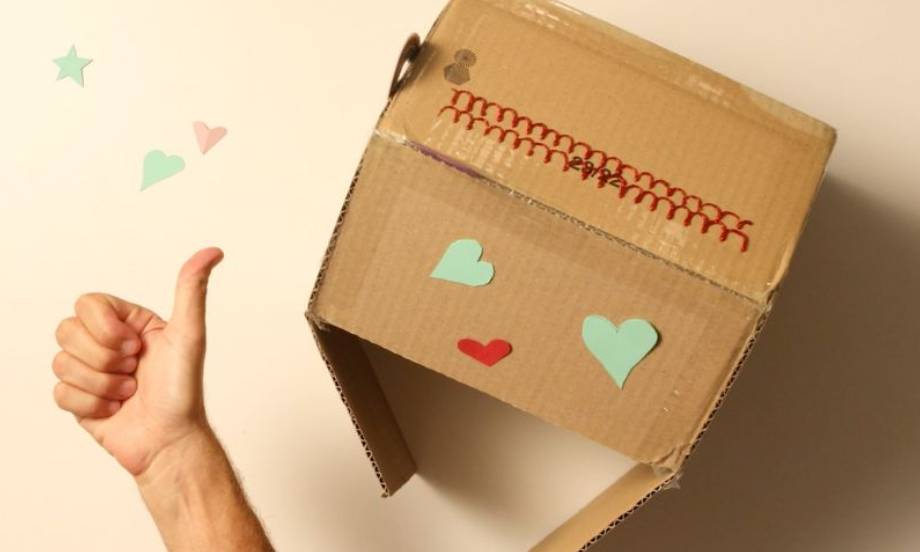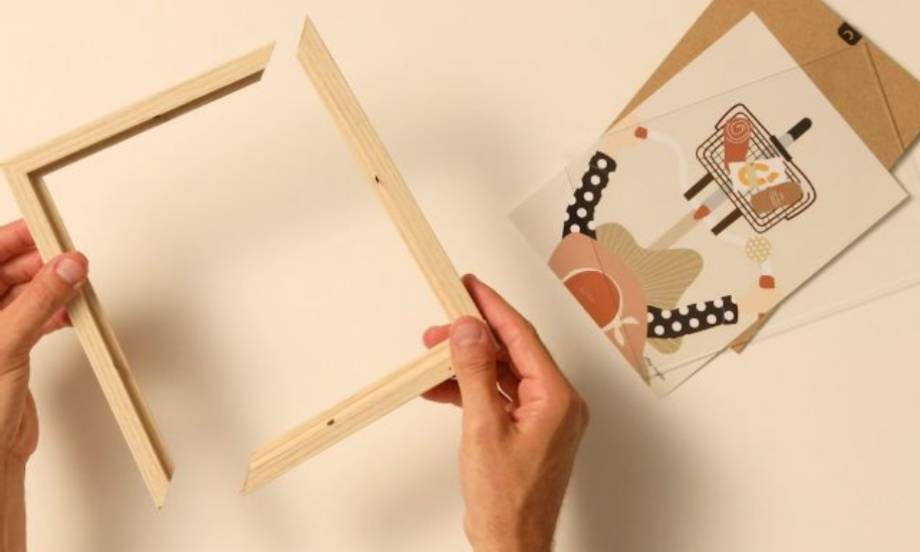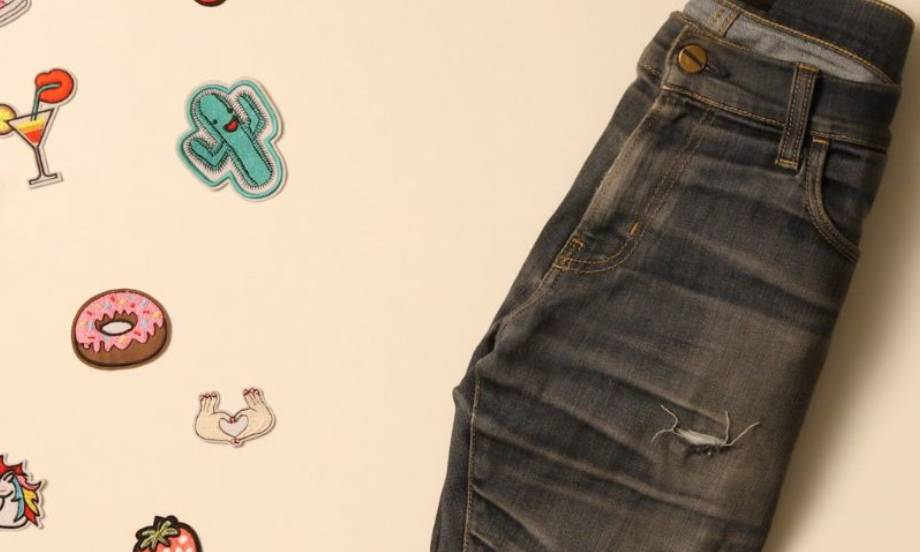Everything you need to know: Super Glue
Things go wrong, get damaged or broken – that’s just a fact of life. But that doesn’t mean we have to chuck our damaged goods in the bin and buy a replacement. Throwing things away is a waste of money and terrible for the environment. Repairing is much better than recycling, because it saves valuable resources and cash. That's where super glue comes in.
Super glue is an essential piece of kit for winning at life. It offers an effective way of mending what's broken whilst being easy-to-apply and quick, too.
Before we share our handy hints and tips for how to use super glue when it comes to making repairs, let's dive in to understand what super glue is and how to know what is the best super glue for you…
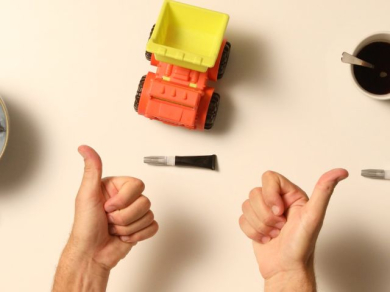
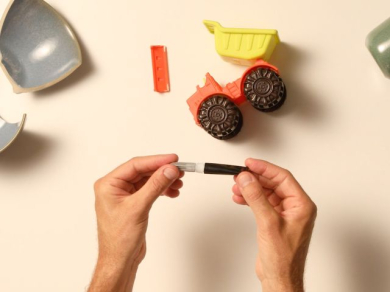
What is super glue?
Super glue - or to give it its scientific name, cyanoacrylate glue - is a super-strong, fast-acting adhesive, designed to bond almost any material in seconds.
Super glues are widely used on metal, porcelain, ceramics, rubber, wood, glass, paper, plastic and many other common materials. Plus, they come in various options, such as a super glue liquid or super glue gel - Bostik has them all!
What is super glue made of?
Bostik offers three types of traditional super glue, Bostik Super Glue Liquid, Bostik Super Glue Easy Flow and Bostik Super Glue Non-Drip Gel, which are all cyanoacrylate adhesives.
Cyanoacrylate is an acrylic monomer that transforms to a plastic state after curing. Cyanoacrylate glues differ from traditional glues as they have special bonding conditions that allow them to bond instantly, instead of having to wait minutes for the glue to dry.
Within the range is Bostik Super Glue Ultra+ which combines cyanoacrylates with 60% biobased materials to create a high-performance formula, that's better for the people and planet than regular super glues. Alike traditional super glues, it works on most materials in a matter of seconds but won't stick to fingers immediately and has a very low odour - all thanks to the power of castor oil.
What is the best super glue for me?
Deciding whether you require a liquid super glue or a gel super glue depends on the item you are repairing.
Super glue liquid vs super glue gel
Liquids are the best super glue for penetrating cracks or fractures as they are a more 'runny' formula (lower viscosity), which means they can get into the finest cracks.
Gels are the best super glue for offering a more controlled application on porous or vertical surfaces where you may need to be more precise, as the glue is less likely to drip.
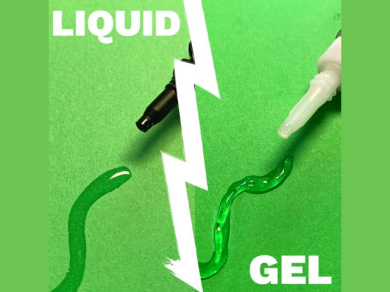
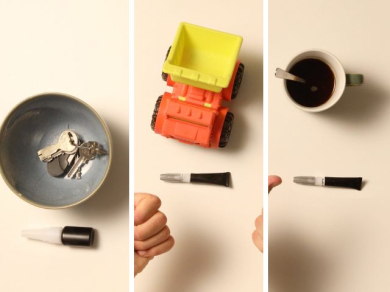
4 types of Bostik super glue:
Whether your broken item is a toy car, a delicate ornament or a picture frame, Bostik’s Super Glue comes in four formats to suit every repair need:
- Bostik Super Glue Liquid is the classic, multipurpose, ultra strong formula, perfect for filling horizontal surface cracks and fractures where the adhesive can flow into the cracks.
- Bostik Super Glue Easy Flow comes in a bottle with a precision nozzle for a controlled flow, which is ideal for more intricate repairs.
- Bostik Super Glue Non-Drip Gel comes in a tube with a precision nozzle for ease of application. Its non-drip formula makes it ideal for porous and vertical surfaces where you don't want the glue to run or drip.
- Bostik Super Glue Ultra+ is an ultra strong, liquid formula supplied in a tube with a precision nozzle. It's made of 60% biobased materials giving it a low odour and making it more user-friendly than traditional liquid super glues for filling horizontal surface cracks and fractures. Plus, unlike traditional super glues, it's also dishwasher safe!
All the Bostik super glues are suitable for most materials such as wood, rubber, metal, ceramics, hard plastics, glass, porcelain and much more. They’re easy to apply, fast-drying and set to a clear finish, with an ultra strong bond.
Tip: We recommend avoiding using Bostik super glues with cotton, wool, or items that will be placed in an oven or microwave. It is also important to note that super glues are generally not food safe.
How to repair with Bostik super glue - A step-by-step guide
In order to create a repair with super glue, you will need the following:
Essential:
You might also want:
- Old newspaper or similar
- Alcohol-based cleaner
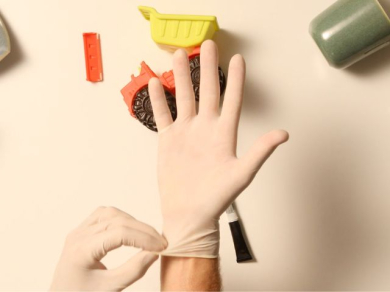
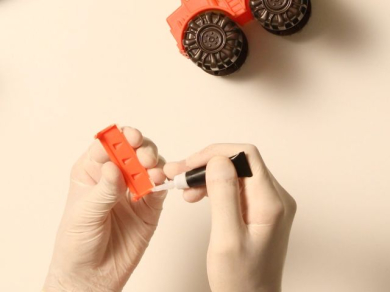
Step 1: Be prepared
Before you use any of our super glues, remember to protect the work area from accidental drips with an old newspaper or something similar.
Each Bostik super glue needs a clean and dry surface for the glue to work at its best. So, check the surfaces to be bonded for dust, dirt and grease. If necessary, give your item a quick clean with an alcohol-based cleaner and let it dry.
Step 2: Get glueing
Once your item is ready to glue, place it on a flat surface. Always point the tube away from you when opening and be careful not to squeeze the bottle.
Unscrew the nozzle and cap and remove the safety collar. Replace the nozzle and cap and screw down to puncture the seal. Remove the cap and leave the nozzle in place.
Once the super glue bottle is open and ready to go, carefully apply a small amount of Bostik super glue to just one of the surfaces to be bonded.
Step 3: Press to bond
Pick up the pieces of your broken item and ensure the surfaces are accurately aligned.
Tip: Bostik super glues bond within seconds, so be sure to accurately marry up the broken edges of your item before sticking them together.
Bring the surfaces together and hold firmly for approximately 30 seconds. Full strength is achieved in approximately 12 hours.
And that’s it! Your item is fixed and you’re an official #REPAIRHERO.
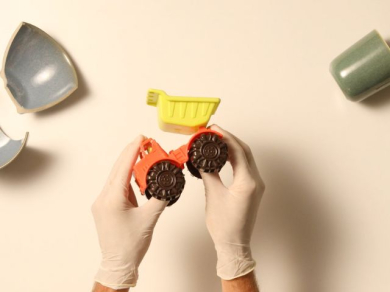

Clean up time
- Bostik Super Glue Liquid has good resistance to most oils and solvents and can be very difficult to remove.
- Acetone will very slowly soften super glue that has set. Before attempting to use, check that the surfaces to which the super glue is adhered are not damaged by the solvent. Do not use acetone or solvents on the skin. Always test before using any solvent.
For full information on preparing, applying and cleaning super glue, please see the technical data sheet.
Got a question?
How to remove super glue from fingers
Rinse your fingers immediately with plenty of warm soapy water and do not pull on the skin that has been glued. If glue remains after using warm soapy water, it will often de-bond within a couple of days due to general wear and tear and the natural oils in the skin. If skin irritation occurs, consult a doctor.
For more information, please see our article on how to remove super glue from skin.
How to store super glue
Replace the cap firmly after use, taking care not to leave any glue between the cap and the nozzle. Store upright. The tube is purposely only part full as the air above the adhesive stabilises it. This air space in the tube reduces the chance of accidental spillages.
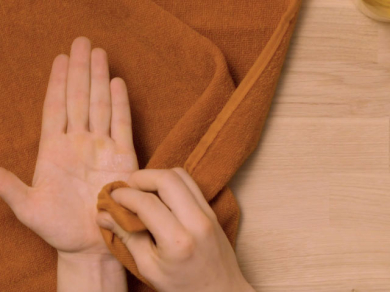
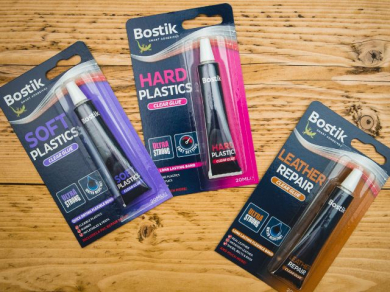
Is super glue better than an application-specific glue?
Super glues are great for creating strong, effective bonds, quickly. However, the glue gurus from Bostik have created a special glue to match every repair hero’s needs, as not every repair will require the rigidity that a super glue offers.
Some repairs, such as a leather repair, will need to be more flexible, like leather itself, to provide a more long-lasting repair. Discover some of the additional repair glues that Bostik offers in its range:
- Bostik Contact Adhesive for an immediate bond as soon as it comes into contact with another surface
- Bostik Power Repair offers ultimate strength in a multipurpose glue. It’s also waterproof and works in extreme temperatures
- There are also specialist Bostik glues for Fabric, Leather, Soft Plastic and Hard Plastic
- Finally, Bostik All Purpose glue is an impressive, clean to use and quick-drying all-rounder
If there’s a repair or DIY job that needs doing in your home, you can bet there’s a specially designed glue that’ll make it easy to do, and it’s surprisingly satisfying too. Bostik has expertly designed glues for many materials from leather, to fabric, to soft plastics, metal and more. Shop the full range today!

